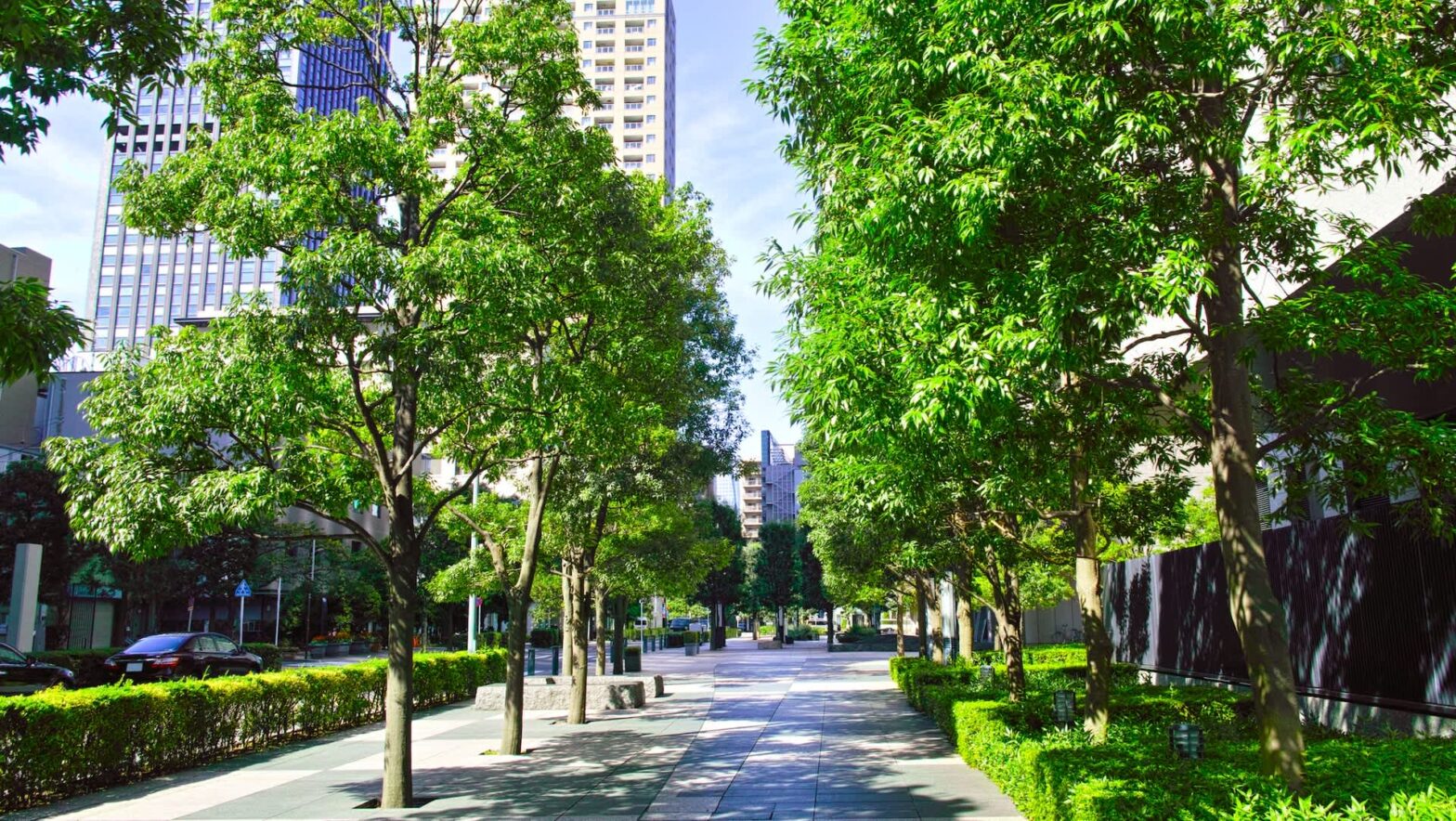Because of its many benefits, including its new impact on microplastic pollution, more and more buildings are installing plant-filled green roofs.
According to a report by Happy Eco News, a recent study has found that microplastics in rainwater can be filtered out by plants on green roofs. They can capture up to 97.5% of particles in urban rain.
Researchers in China built scaled-down models of green roofs and simulated rainfall to test the filtration. They controlled the amount of microplastics in the “rain” they used and then measured how much was left in the runoff.
The soil and plants captured almost all of the particles from the water, but the irregularly shaped fragments were the easiest to catch. The study also noted that more research is needed on how to approach soil care so that soil does not become overloaded with plastic over time and it ends up back into the environment.
“We are actively looking for ways to conduct such long-term field studies to better understand the dynamics of microplastic retention and release over time,” Shuiping Cheng, an author of the study, told Happy Eco News.
Green roofs are becoming increasingly popular for skyscrapers in cities because they provide benefits for both the buildings and the environment. They are known to help keep buildings cooler, thereby reducing energy costs, and control stormwater to minimize damage.

Kelvin is the apple of space heaters, designed for energy efficiency and maximum comfort. It is completely silent and is intelligently controlled. Setup only takes 5 minutes.
Kelvin is made of high quality materials such as aluminum and glass and is ideal as a whole house heating system or as a perfect solution for that one room that never feels warm enough.
|
The research team estimated that existing green roofs on buildings in Shanghai could already capture about 56.2 tons of microplastics each year. It's powerful data that could be used to expand the use of green roofs in cities around the world.
Installing green roofs not only on skyscrapers in cities and on more buildings everywhere, but could also significantly reduce the amount of microplastics entering our waterways. This would mean less plastic in our drinking water and in our bodies – a huge win for public health.
“With rooftops accounting for 40-50% of urban impervious surfaces, the development of green roofs holds significant potential for capturing microplastics from the atmosphere and improving urban water quality, warranting further investigation,” the authors said in the study.
💰Join TCD's exclusive Rewards Club to earn up to $5,000 on clean upgrades that will help you lower your bills and future-proof your home.
TCD Selection » Upway Spotlight
💡Upway makes it easy to find discounts of up to 60% on premium e-bike brands
